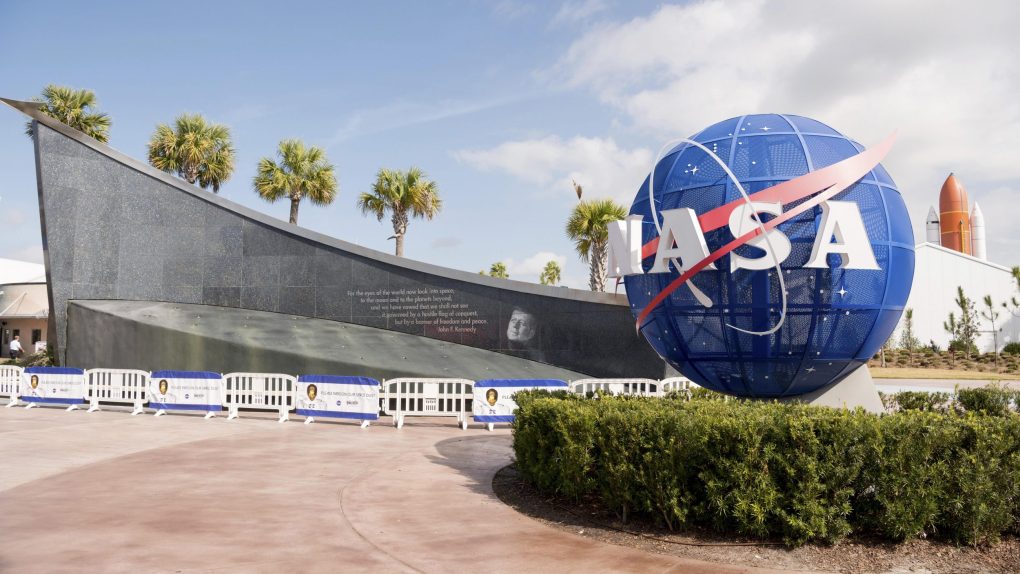- Coronavirus will likely delay several NASA projects, with the Mars 2020 still on schedule but facing the possibility of a significant delay.
- The James Webb Space Telescope will almost certainly be pushed back even further than it already was, and NASA’s Artemis missions could see delays and perhaps even push the return of humans to the Moon past 2024.
- Visit BGR’s homepage for more stories.
NASA’s many projects and programs require the work of countless staff members toiling away at a variety of facilities across the United States. It didn’t take long before the coronavirus pandemic began to affect the space agency, with a small number of staff members falling ill with the COVID-19 disease and prompting the shutdown of various locations.
Now, with the entire agency under a work-from-home order, and with only mission-critical staff being allowed to attend work, NASA is issuing a forecast that reveals how the pandemic will affect a number of current initiatives, including the Mars 2020 rover mission and the James Webb Space Telescope.
The Mars 2020 mission is still on schedule for the time being, but it’s still possible that delays could come before the planned July launch window. If that were to happen, the delay would be significant due to the limitations of launching spacecraft from Earth to Mars. The window for launching a mission to Mars is narrow, and if NASA misses its summer launch timing it would have to wait until 2022 for the next opportunity.
The James Webb Space Telescope, which has already been delayed countless times during its lengthy, trouble development, will likely suffer additional delays in the wake of the pandemic.
“The James Webb Space Telescope team, also in California, is suspending integration and testing operations,” NASA says in a news release. “Decisions could be adjusted as the situation continues to unfold over the weekend and into next week. The decision was made to ensure the safety of the workforce. The observatory remains safe in its cleanroom environment.”
It’s unclear how significant the delay to the James Webb program will be, but at this point, the project has already seen so many delays that it’s basically business as usual, as sad as that is.
One of the biggest question marks for NASA remains the upcoming Artemis mission to the Moon. NASA had been planning a return of crewed missions to the Moon by 2024, and while many critics argued that the short timeline was impossible to meet already, it’s looking increasingly unrealistic in the face of a global health crisis.
Ultimately, the safety of staff members is the top priority for NASA, and that means making some compromises when it comes to planned missions.
“We are going to take care of our people. That’s our first priority,” NASA Administrator Jim Bridenstine said in a statement. “Technology allows us to do a lot of what we need to do remotely, but, where hands-on work is required, it is difficult or impossible to comply with CDC guidelines while processing spaceflight hardware, and where we can’t safely do that we’re going to have to suspend work and focus on the mission-critical activities.”








